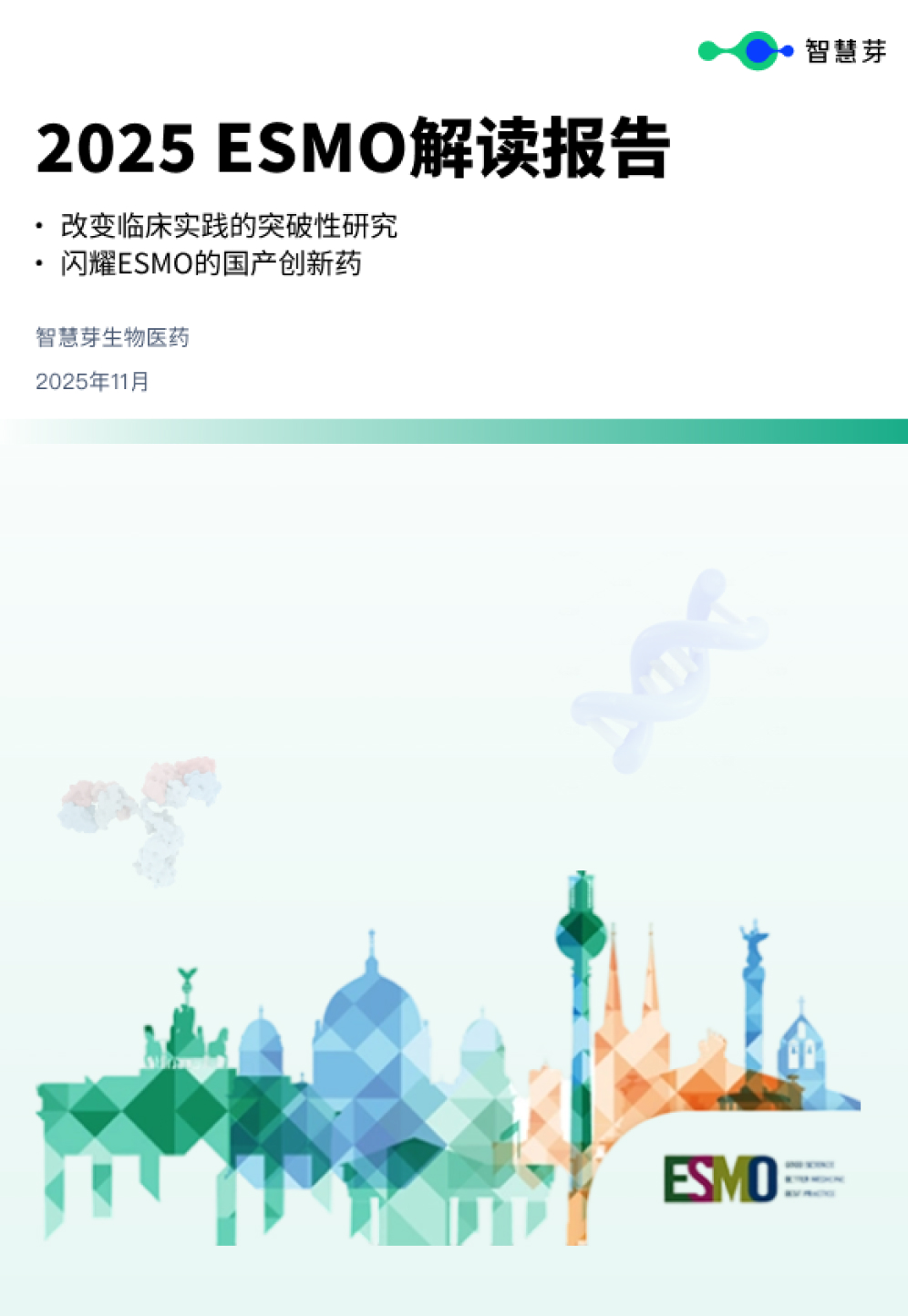预约演示
Shining a new light on the tug-of-war between virus and host
2024-02-01
临床研究
The interplay between ribonucleic acid (RNA) and proteins is not only important for maintaining cellular homeostasis but is also at the center of the tug-of-war between virus and host. Until now, there has been no method to globally map direct interactions of individual RNA regions in an unbiased fashion without the need for genetic modification of the target RNA or cell. Researchers have now developed a breakthrough tool that overcomes this limitation.
The interplay between ribonucleic acid (RNA) and proteins is not only important for maintaining cellular homeostasis but is also at the center of the tug-of-war between virus and host. Until now, there has been no method to globally map direct interactions of individual RNA regions in an unbiased fashion without the need for genetic modification of the target RNA or cell. Researchers from the Helmholtz Institute for RNA-based Infection Research (HIRI) in Würzburg and the Broad Institute of MIT and Harvard in the US have now developed a breakthrough tool that overcomes this limitation. Their findings were recently published in the journal Nucleic Acids Research.
When RNA viruses, including the coronavirus SARS-CoV-2, infect our cells, they utilize regulatory RNA elements to recruit proteins of virus and host in order to execute their own gene expression program and enable the production of viral progeny. Understanding the interactions of viral RNAs and the regulatory elements therein is therefore the first step towards identifying vulnerabilities in the viral replication process and facilitating the rational design of novel antivirals.
The method
Researchers from the Helmholtz Institute for RNA-based Infection Research (HIRI) in Würzburg, in collaboration with the Broad Institute of MIT and Harvard in the US, have recently developed a new method that, for the first time, enables the discovery of interactions for specific regions within a target RNA molecule. Using mass spectrometry, the technique, named SHIFTR, allows the unbiased and comprehensive mapping of proteins that interact with a specific RNA sequence -- in living cells and without genetic modification.
"Until now, it has not been possible to study the interplay between proteins and individual RNA regions in live cells without genetic manipulation, for instance, by adding tag sequences to the target RNA. Our method, called SHIFTR, finally delivers this and is easy to execute, too. Beyond region-resolution, SHIFTR also requires orders of magnitudes fewer input material compared to the state-of-the-art, is highly scalable and cost-effective," explains Mathias Munschauer, who leads a research group at the Helmholtz Institute Würzburg, a site of the Braunschweig Helmholtz Centre for Infection Research (HZI) in cooperation with the Julius-Maximilians-Universität (JMU) Würzburg.
"With this new tool we can determine the interactions for practically every cellular RNA and every regulatory element within these RNAs," says Jens Aydin, a PhD student in Mathias Munschauer's research group and the first author of the study in Nucleic Acids Research. "This can fundamentally change the way we look at RNA in the cell -- a crucial milestone," adds Munschauer.
SARS-CoV-2 in focus
Using the new method, the research team was able to shed further light on the replication process of SARS-CoV-2. The scientists separately examined different sequence regions within authentic SARS-CoV-2 RNAs produced during infection and were able to interrogate the 5' and 3' terminal regions of the viral RNA for the first time. These regions are known to contain untranslated regulatory elements that control protein synthesis and RNA stability, as well as the replication of the viral genome. In addition to known interactors, they uncovered previously unknown interactions with proteins linked to the biogenesis of viral RNAs. Some of these newly discovered interactions could serve as targets for innovative antiviral therapies.
In the future, SHIFTR can be harnessed to better understand how cellular transcriptomes, the entirety of RNA molecules in a cell, are regulated in health and disease, which may uncover novel regulatory interdependencies and drug targets. Moreover, researchers can also use the SHIFTR platform to characterize how RNA-based therapeutics interface with the regulatory machinery of the target cell, which could inspire efforts to design optimized RNA-based drugs, such as mRNA vaccines.
Funding
The study was supported by funding from the Helmholtz Young Investigator Group Program, the European Research Council (ERC), and the FOR-COVID Research Network. Nora Schmidt was additionally funded through the EMBO Long-Term Fellowship Program. The Helmholtz Association has provided the funding for the open access charge.
更多内容,请访问原始网站
文中所述内容并不反映新药情报库及其所属公司任何意见及观点,如有版权侵扰或错误之处,请及时联系我们,我们会在24小时内配合处理。
机构
靶点
-药物
-生物医药百科问答
全新生物医药AI Agent 覆盖科研全链路,让突破性发现快人一步
立即开始免费试用!
智慧芽新药情报库是智慧芽专为生命科学人士构建的基于AI的创新药情报平台,助您全方位提升您的研发与决策效率。
立即开始数据试用!
智慧芽新药库数据也通过智慧芽数据服务平台,以API或者数据包形式对外开放,助您更加充分利用智慧芽新药情报信息。





